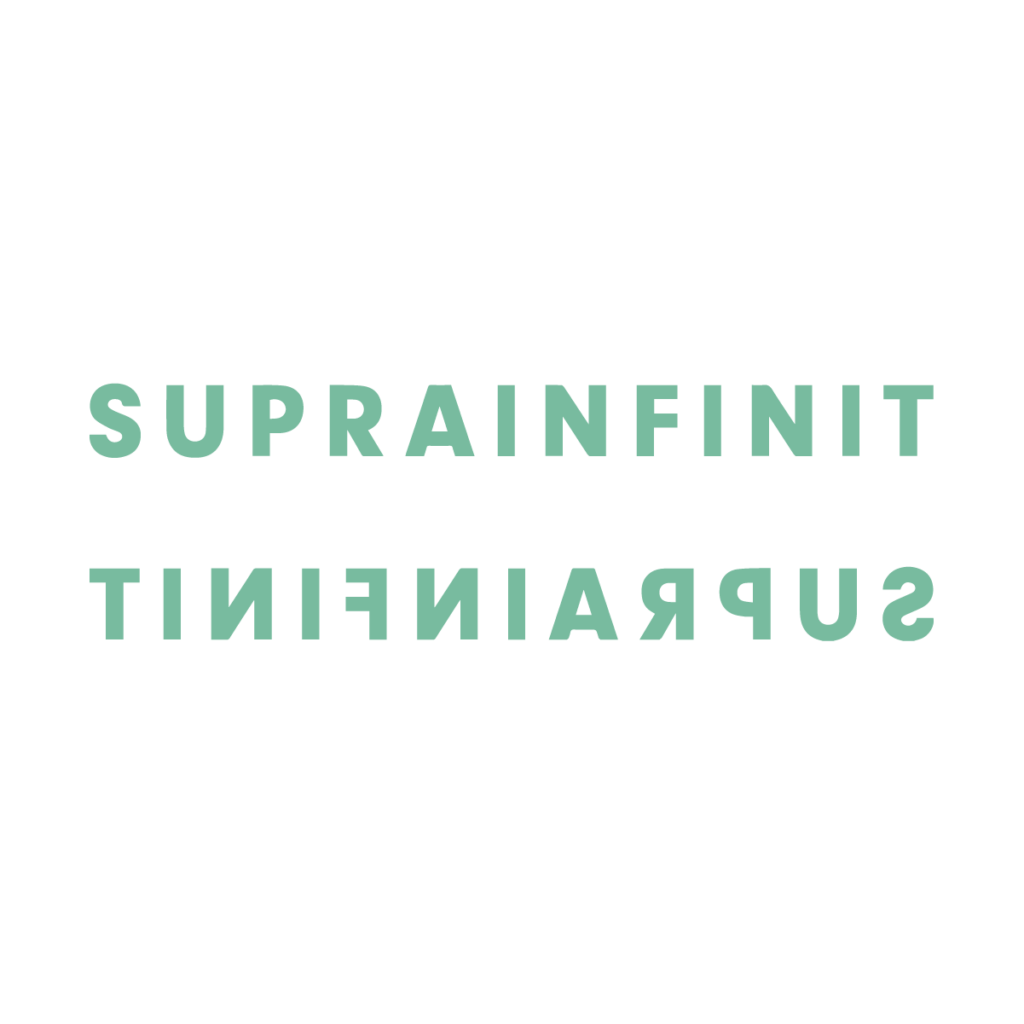03.02. – 02.03.2024
Pavilion ISHO, Timișoara
With works by Andreea Anghel, Lorena Cocioni, Peles Duo, Hadassah Emmerich, Øleg&Kaśka, and Kristin Wenzel
Exhibition curated by Ami Barak
Skin of the Shapeshifter assembles multiple perspectives on womanhood and the body, as well as different materialities, spotlighting six contemporary artists whose artworks tackle this topic polyphonically. The body, whether individual or social, human or nonhuman, emerges as constantly mutating, its many transformations producing fascination.
The exhibition weaves together narrative or sub-narrative sequences, wandering from one work to the other as if in a fairytale realm that sometimes drifts to hyperreal grounds. A female narrator whispers into the ears of the visitor disclosing her new idea of beauty, fascination with monstrosity, and her dissecting parable of the medicalised female body. This claim of the personal over the voyeuristic, of the interior over the exterior, of the posthuman over the holy, is made visible by the display of the artworks, and the connections amongst them.
Immersed in Hadassah Emmerich’s landscape fragments of a posthuman sensuality, the painting and two collages bear a beacon calling out for tactile closeness. Almost to the point of an addictive hallucination, Emmerich achieves this state by employing repetitive moves, stringent colours and subtle body fragments, harmonised into disturbing and alluring compositions. The commodification of the exotic and the erotic, body and identity are recurring subjects in her work. By interrogating both her mixed Indian-Dutch, Chinese-German cultural heritage and the contemporary erotic image, her works are a dazzling visual experience that create the sensation of ambiguity and rupture.
Disruption in the image production and perception is a feature in Andreea Anghel’s practice. Artefacts and images of early and late modernity circulate non-chronologically inside her works, mostly selected instinctively, under the influence of a gut feeling and collective psychic discomfort. In He Who Danced Like a God, signifiers of a modern understanding of working bodies trapped into a factory are inferred and subtly criticised. A black high heel shoe is nailed against an imposing factory machine, wearing the number 8 pool ball, collaged together with a horse whip with missing lash that sticks inside a Larousse encyclopaedia opened at page 169. Possibly there is no coincidence that the page in the book highlights L’apres Midi d’Une Faune, an early 20th century ballet piece in which a young faun meets several nymphs and proceeds flirting and chasing them around.
Alluring and charming abilities lie in the life of the orchids as shown in Kristin Wenzel’s sculptural installation Lucy. Wild orchids attract the viewers into deep synesthesia close to a flirtatious encounter, transforming the familiarity of the orchids into uncanny images of sexuality. Ripe with tricks, devious and adorned with chameleonic, slippery labellum traps, the flesh of the orchids attracts and repulses at once. Simultaneously, they are reminiscent of Georgia O’Keeffe and her intense painterly surfaces, carrying a subliminal touch of female sexuality and gender representation. Wenzel imagines wild orchids as a dance of femininity as well as a visual database that records and visualizes the various orchids threatened with extinction.
In a strange correspondence, Lorena Cocioni’s clay and metal structures seem to have travelled inside the bodies captured by photographer Nan Goldin’s complex, dimly sexualised atmospheres. Whereas Goldin’s photographs seize the feelings of difficult beauty, anxiety, and intimacy within differing social dynamics, Cocioni’s works metamorphose the fluids, liquids and organs of the bodies that are constructed as abject by those very dynamics. Corina, a fictional female character, decomposes her body into parts at night, Dust Feathers showing the hidden nervous system of her eyes and Ruins of the night solidifying her artificial hair. Meanwhile, Lonely hunter III watches over Corina’s body vessels and cells, alluding to the modernist sensibility of health and hygiene.
A recurring character in Peles Duo’s new series of sculptural paintings is the Phrygian mother goddess Cybele. Born intersex, Cybele was castrated by the gods, afraid of an entity whose existence troubled the boundary between male and female, who complicated the knowability of the human form. In Peles’ works, the figuration of Cybele is multiplied underneath subtle and vibrant strokes of colour on jesmonite, morphing into irregular shapes with embedded natural stones into their composition. The geological landscapes superimposed over the marbled portraits of the goddess summon the vital materiality of artefacts, essential to mythmaking, ritual and politics.
The stories told by Øleg&Kaśka are animated by the role of transmutation in early modern alchemy. In alchemy, the turning of metal into gold to produce the Philosopher’s Stone necessitated the reconciliation of binary opposites, transforming dual elements into One: fire/water, sulphur/mercury, as well as healthy/sick, young/old, male/female bodies. Throughout alchemical imagery, the process of transmutation is metaphorically translated into a polyphony of bodily forms. Roots, plants and elongated thorns replenish the magical atmosphere of the characters in unearthly tapestries, where whispering, reflection and side-gazing cross-pollinate.





























